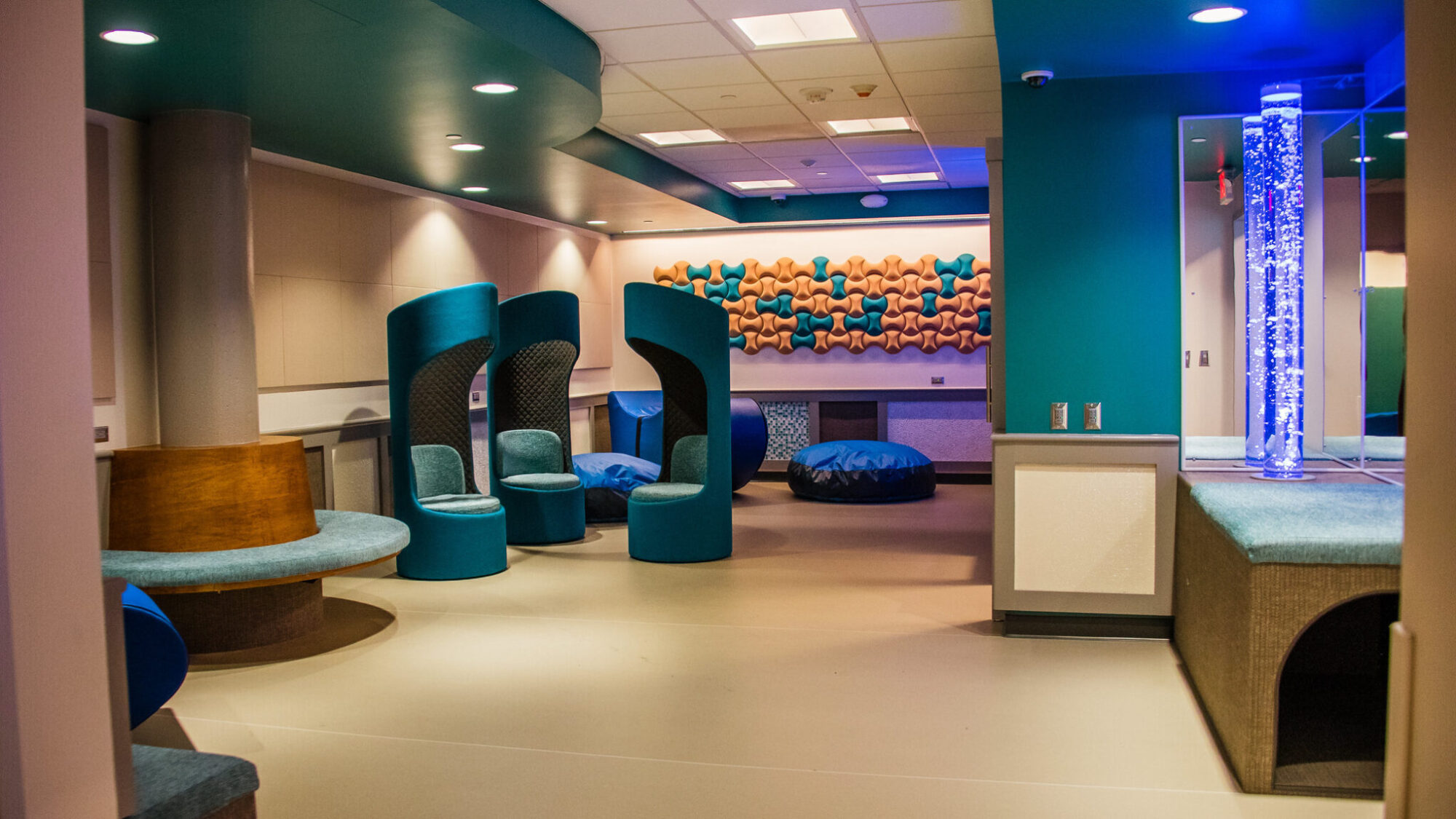Blog
Setting the Gold Standard: VPR Clients Bring a Nationwide Focus on Accessibility
February 20, 2025 | Amanda Ferraro

For the millions of families caring for children with special needs, accessibility and inclusivity in the design and amenities offered within public spaces are so incredibly important. But far too often, these are overlooked and many places are only focusing on the bare minimum.
Through our work with some trailblazers in a broad range of industries, we get to shine the light on so many organizations that see the value in going above and beyond to ensure that accessibility is not an afterthought but a focal point. Pittsburgh International Airport (PIT) was among the first airports in the U.S. to offer a sensory room, which are now becoming much more common. Another example is Kansas City International Airport’s flight experience simulator designed by Dimensional Innovation that was featured in Fast Company in 2023. This flight simulator lets travelers practice take-off and landing in a real but decommissioned Airbus 321 cabin.
Both are dedicated to a seamless passenger experience for all – with supports in place for those who need it most.
At PIT, “universal access” has been the airport’s approach to not only meeting accessibility standards but exceeding them. Recently, we spoke with Siri Betts-Sonstegard, PIT’s Senior Vice President for Experience and Design, on why “universal access” is such an important initiative for the airport and how it informs the level of service they aspire to bring to air travel.
What sparked Pittsburgh International Airport’s focus on accessibility for its new $1.5 billion terminal that will be opening later this year?
Accessibility has been a focus for Pittsburgh International Airport since our CEO, Christina Cassotis, joined the team in 2015. There’s so much research on the benefits of reducing barriers and the impact that can have on the passenger experience. We like to look at this from a comprehensive standpoint and consider the full complexity of different humans and their learning styles. I think we’re unique in our approach to accessibility, which is rooted in service design.
How would you describe “universal access” and how did it inform the new terminal?
The population whose travel is affected by lack of inclusive design includes individuals with disabilities, temporary impairments, families with children, older adults, and others. Universal access is about being very intentional about the design and services that impact these individuals and bring care and ease to what can be a stressful situation. We aim for universal access in our physical spaces, wayfinding, digital platforms, services, products, acoustics and messaging.
Do you think this initiative will influence accessibility at other airports?
Absolutely. Pittsburgh International Airport is unique among U.S. airports for having an in-house service design team dedicated to creating universally accessible experiences for all passengers. Our hope is that this approach inspires a broader movement, making service design and accessibility a priority across the aviation industry.
What are some of the key features of the new terminal that fall within this category?
We already have Presley’s Place, a sensory room that helps people with special needs and first-time flyers feel more comfortable, but the new terminal will have intuitive layouts for easier navigation, accessible-height ticketing counters, adult changing tables, additional nursing rooms and digital wayfinding with less clutter.
Anything else you’d like to share?
There is such a need for thoughtful design and intentional service interactions, particularly in airports where many service interactions are beyond travelers’ control. We already exceled in providing the ‘Brilliant Basics’ but this program allows us to do more. Being able to infuse ‘Care & Ease’ into the airport experience is an opportunity to impact so many different people.
+++
Anyone who is close to me knows how passionate I am about this topic – both from a personal and professional standpoint. Being given the opportunity to work with innovative organizations like Pittsburgh International Airport that are making a real difference in this space has been a career high and a true honor. I’m excited – and hopeful – for a future where all organizations and people view accessibility as thoughtfully and carefully as these organizations.